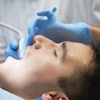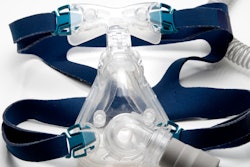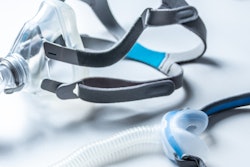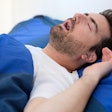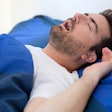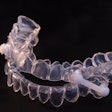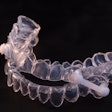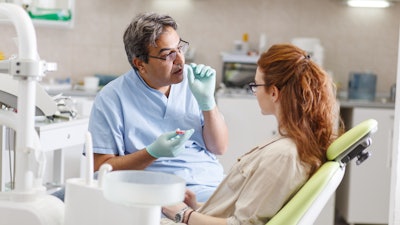
Dentists should regularly screen both pediatric and adult patients for sleep-related breathing disorders such as obstructive sleep apnea (OSA), according to a new report from the CareQuest Institute for Oral Health.
“Integration of oral health care with primary care and sleep medicine to diagnose and treat individuals with OSA has the potential to improve access to OSA care, reduce sleep disparities, and save the health care system billions of dollars,” the institute wrote.
As they regularly review a patient’s medical and dental history, dentists and allied health professionals may be the first to identify symptoms associated with OSA, according to the institute.
“Furthermore, dentists possess unique knowledge and expertise to provide patients with oral appliance therapy (OAT) for OSA, which involves custom-made oral devices worn by patients to adjust the position of their jaws, reducing OSA symptoms,” the authors wrote.
After identifying anatomical risk factors for OSA, such as small upper airways, dentists can then refer at-risk patients to sleep medicine specialists for diagnostic testing, according to the report. Once an OSA diagnosis is made, a dentist can then further evaluate the patient for the appropriateness of an OAT, advise the patient about recommended appliances, fit and adjust the appropriate appliance, and monitor the patient’s adherence to its use, the institute said.
“By providing patients with these appliances, dentists may help improve adherence to OSA treatment for patients who cannot tolerate continuous positive airway pressure (CPAP) treatment, which requires wearing a mask over the nose and is found to be uncomfortable by some patients,” the institute wrote. “At the same time, OAT is often more cost-effective than CPAP treatment for OSA, which can help improve access to treatment that may otherwise be cost-prohibitive.”


